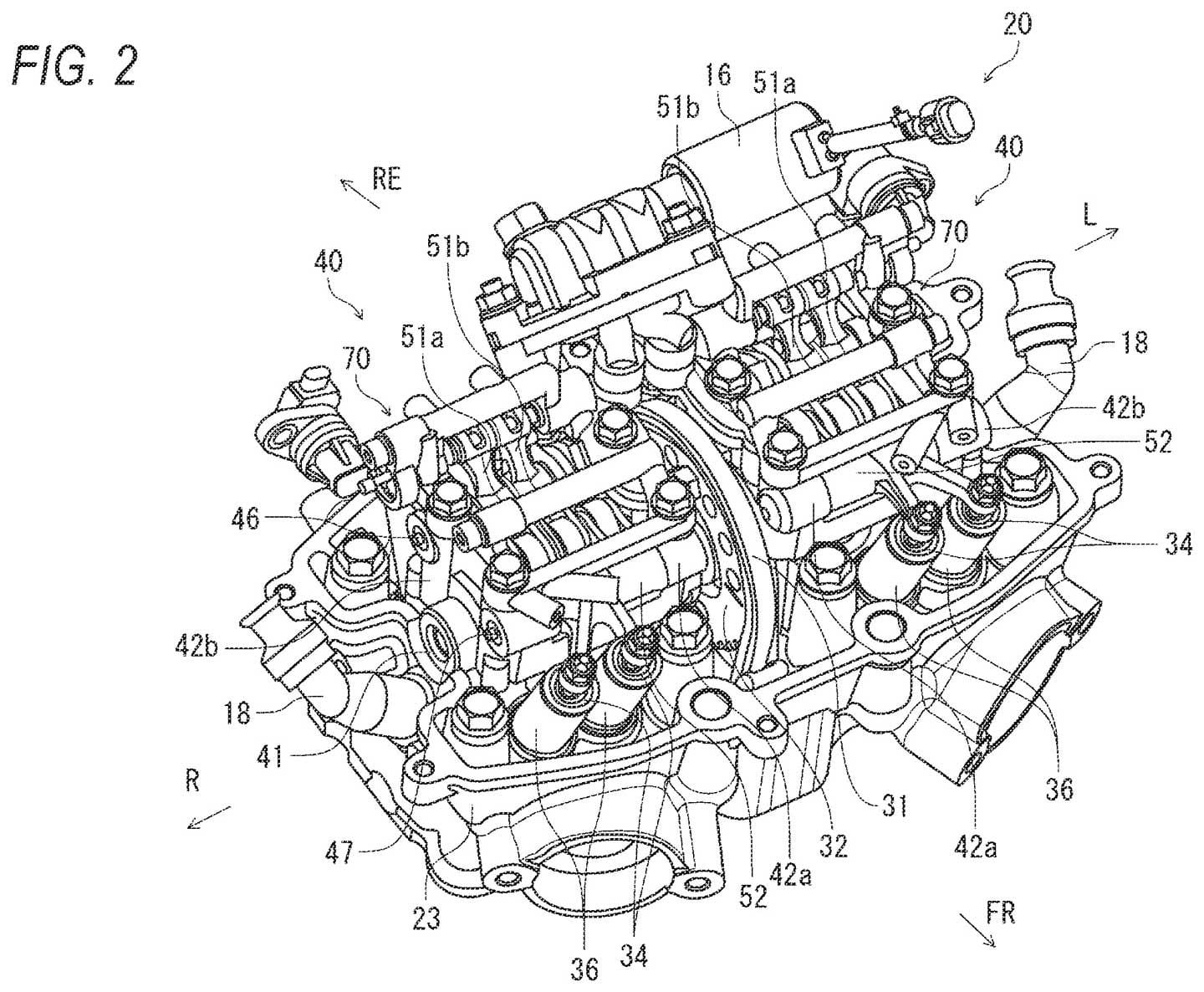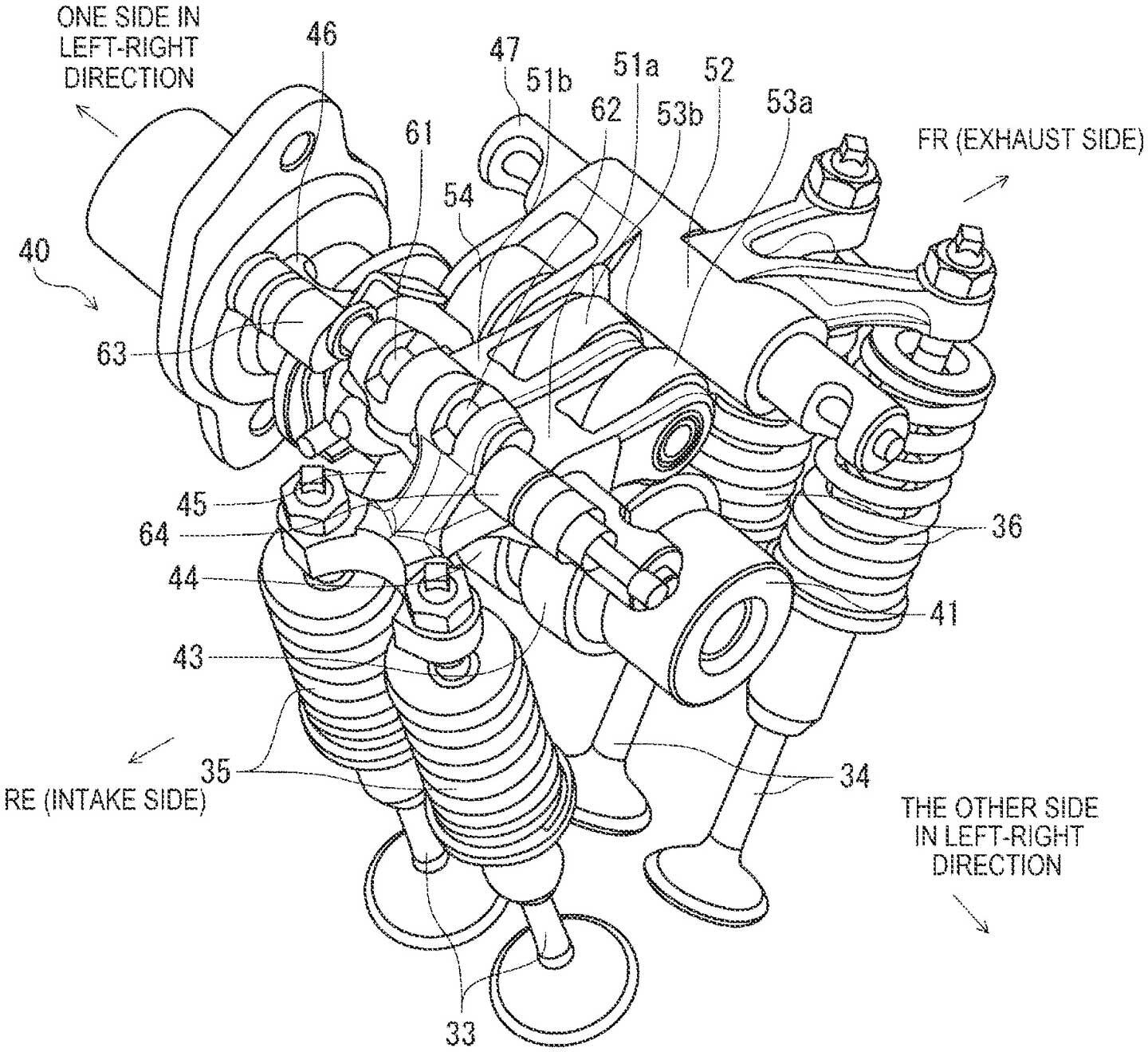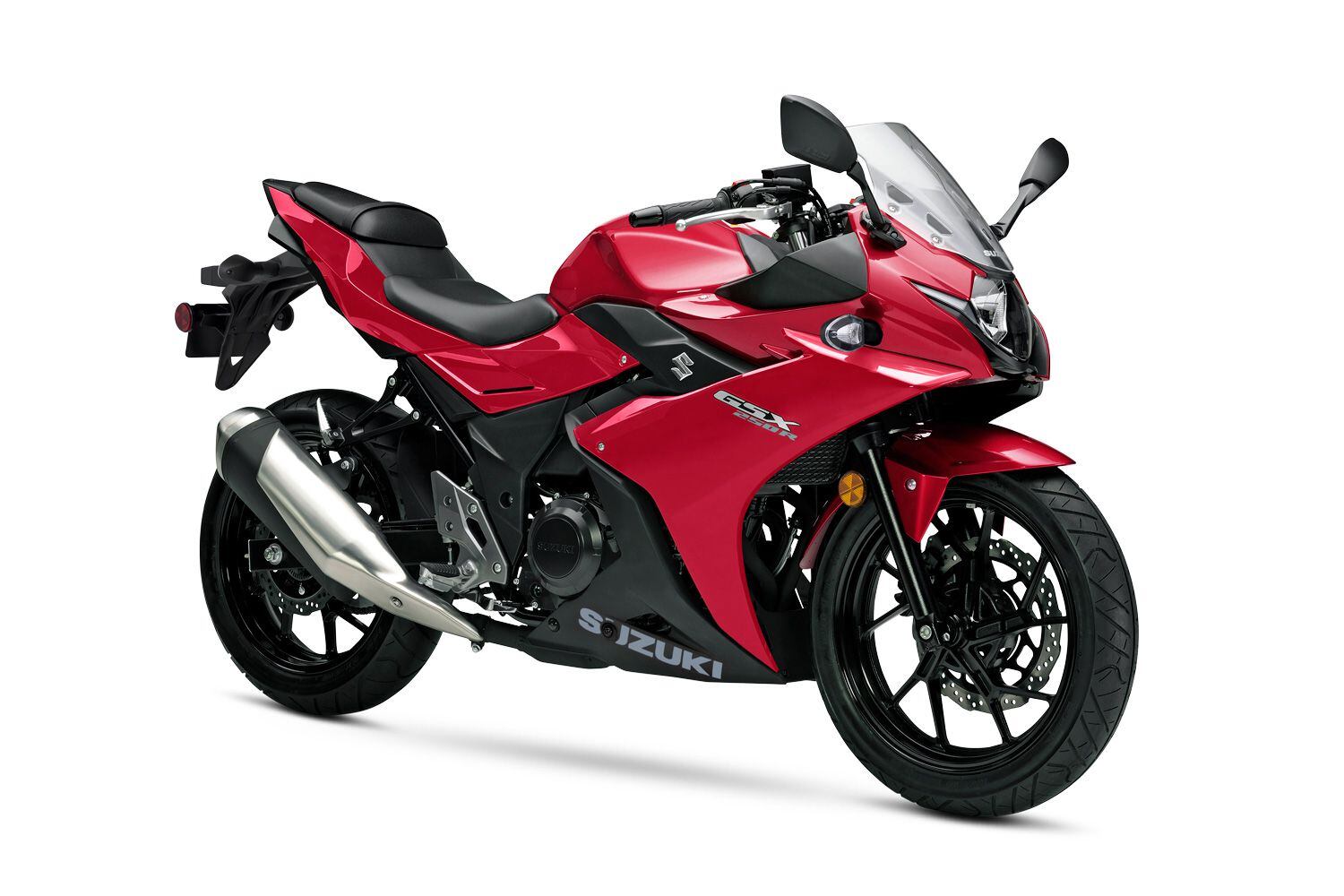
 |
|
|
#1 |
|
All the news that's fit to excerpt
Name: newsie
Location: who knows?
Join Date: Jun 2008 Motorcycle(s): only digital replicas Posts: Too much.
|
[cycleworld.com] - Suzukiís New VVT Engine
The onward development of the internal combustion engine continues, as companies like Suzuki further refine engines for efficacy and emissions.
Click here to view on their site.  Suzuki is working on a new VVT design for its small-displacement engines. (Suzuki/)Variable valve timing and lift systems have had a slow start in motorcycles but their numbers have grown exponentially over the last couple of years as brands like BMW and most recent KTM jump onto the technologyóshowing that despite rumblings about the death of the internal combustion engine itís still getting improved year after year. Now Suzuki looks set to join the fray with a new small-capacity VVT twin following the publication of patent applications showing its design. Suzuki already has experience of variable valve timing on motorcycles. The companyís most recent GSX-R1000 design, introduced in 2017, employs an unusual all-mechanical cam-phasing system that relies on centrifugal force to alter the valve timing as engine revs increase. Itís a design the company came up with to skirt MotoGP rules that specifically ban electronic and hydraulic VVT, and having proved its worth on track, was adapted for the road-going superbike. Weíve also seen patents suggesting Suzuki is working on a more conventional hydraulic cam-phasing system for future versions of the Hayabusa, using the same sort of tech thatís already been adopted by companies like Ducati.  A closer look at Suzukiís VVT valve train. (Suzuki/)But those cam-phasing VVT systems only alter the valve timing, shifting it a few degrees forward or back to boost performance or reduce emissions. More advanced VVT setups also alter valve lift (how wide the valve is opened) and duration (how long it remains open) by switching between two completely different cam-lobe profiles. Weíve seen this sort of tech adopted at the higher end of the market with cam-shifting systems like BMWís and the one KTM has now added to the new 1390 Super Duke, which slides the inlet camshaft sideways to change which lobe is acting on the intake valves. Further down-market, weíve also seen variable timing and lift systems appear, notably Yamahaís VVA system as used on the latest MT-125 and YZF-R125. These lower-end systems, built for SOHC engines, use two-part rockers to actuate the intake valves, and itís this design that Suzuki is now working on for a new small-capacity parallel twin. The basics of the idea are already well proven in production. The single camshaft has three lobes for each cylinder: one exhaust and two different intake lobes, one a high-lift, long-duration profile, the other a low-lift, short-duration version. The cam lobes act on the valves via rockers and the VVT system is based on a two-part intake valve rocker that allows the valves to be opened by either intake-cam lobe. A metal pin is inserted using oil pressure to lock the two halves of the intake-valve rocker together when the more extreme, high-lift profile is needed, and retracts to unlock them to return to the milder cam profile. Suzukiís new patent dabbles at the details of the system and how the pin is operated, aiming to reduce wear and make it more compact than other designs, but itís essentially the same setup that Yamahaís VVA engines use.  The same basic 248cc parallel twin that Suzuki is developing its VVT for is used in the GSX250R. (Suzuki /)What the patent does exhibit is that Suzuki is actively engaged in developing this sort of variable valve timing and lift system, and that itís been developed with the firmís 248cc parallel-twin engine in mind. The illustrations show the engine, which has appeared on several bikes over the years including the GW250 Inazuma, the V-Strom 250, and the GSX250R, quite clearly. The bottom end is unchanged, and the cylinder head still houses a single camshaft, driven by a central chain between the two cylinders, but now with the addition of the variable valve system. The same engine design is also used in 298cc form in several models made by Suzukiís Chinese partner firm, Haojue, which is also responsible for manufacturing the V-Strom 250 and GSX250R for Suzuki. At the moment, those models arenít offered in Europe thanks to strict emissions limits, leaving Suzuki with a gaping gap in its streetbike range between its 125cc GSX-R125 and the SV650 and V-Strom 650, so a revived 250cc lineup, made emissions-friendly via VVT, would be a welcome addition.
__________________________________________________
I'm a bot. I don't need no stinkin' signature... |
|
|

|
 |
 Similar Threads
Similar Threads
|
||||
| Thread | Thread Starter | Forum | Replies | Last Post |
| [cycleworld.com] - Piaggio VVT for SOHC Scooters | Ninjette Newsbot | Motorcycling News | 0 | September 15th, 2023 10:52 AM |
| [visordown.com] - Next gení Suzuki Hayabusa could gain VVT engine | Ninjette Newsbot | Motorcycling News | 0 | August 25th, 2023 04:31 AM |
| [cycleworld.com] - Suzuki Patents VVT Hayabusa | Ninjette Newsbot | Motorcycling News | 0 | August 21st, 2023 11:01 AM |
| [motorcycle.com] - Harley-Davidsons New 121ci CVO Engine Has VVT | Ninjette Newsbot | Motorcycling News | 0 | March 16th, 2023 11:24 AM |
| [webbikeworld.com] - Harley-Davidson Files Patent for V-Twin Engine With VVT | Ninjette Newsbot | Motorcycling News | 0 | July 24th, 2020 07:04 AM |
|
|